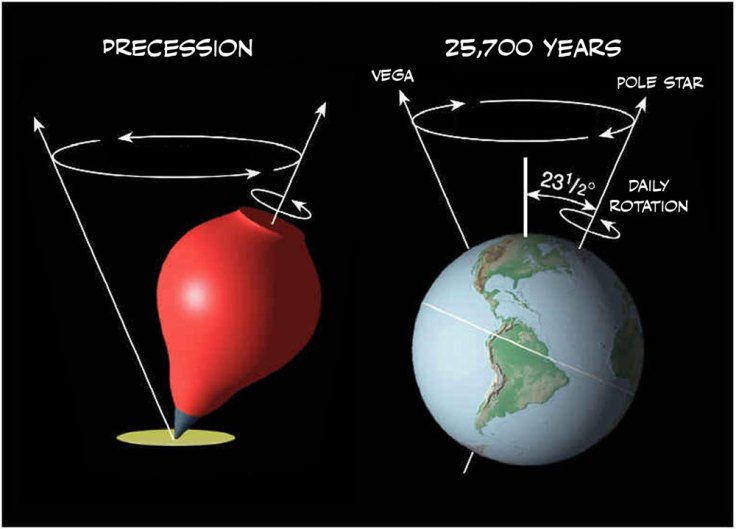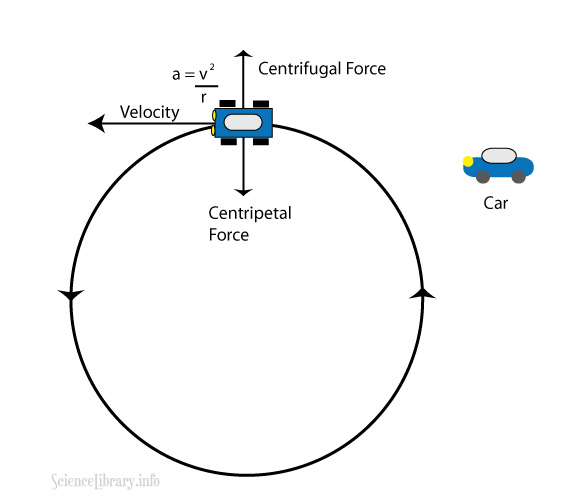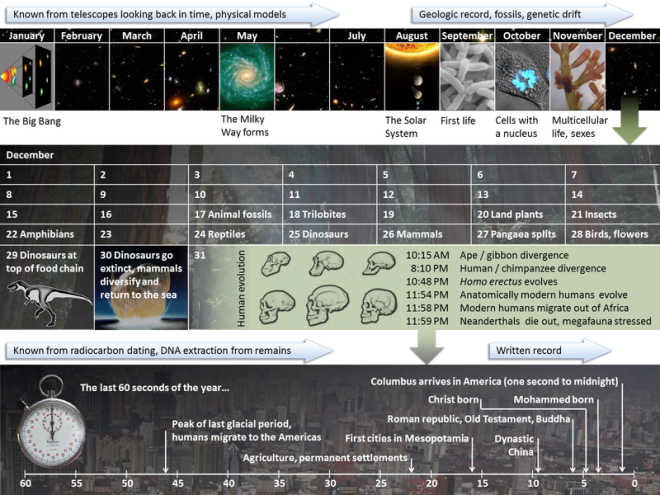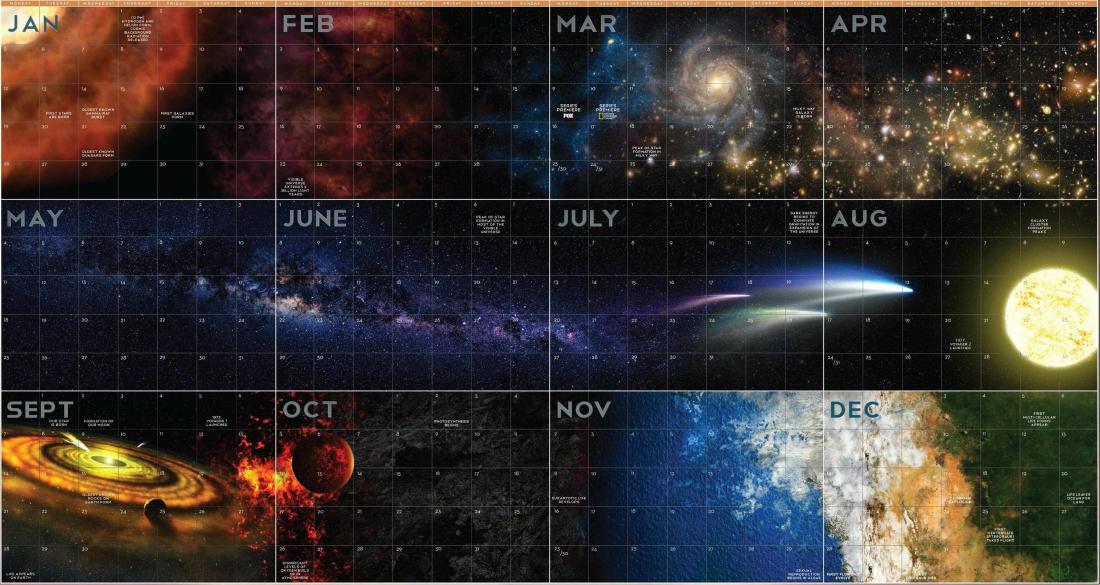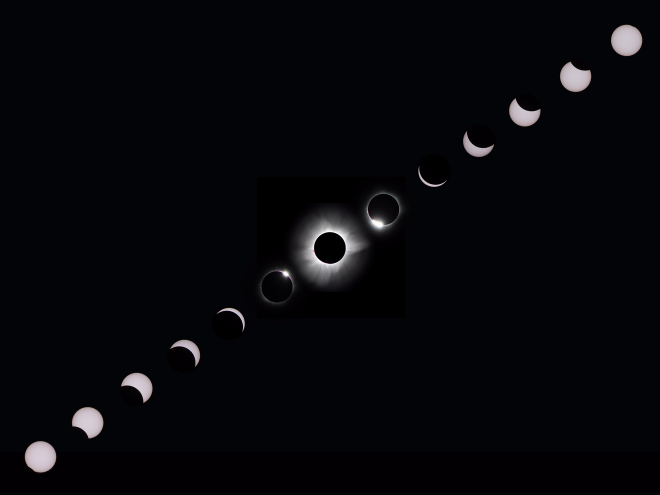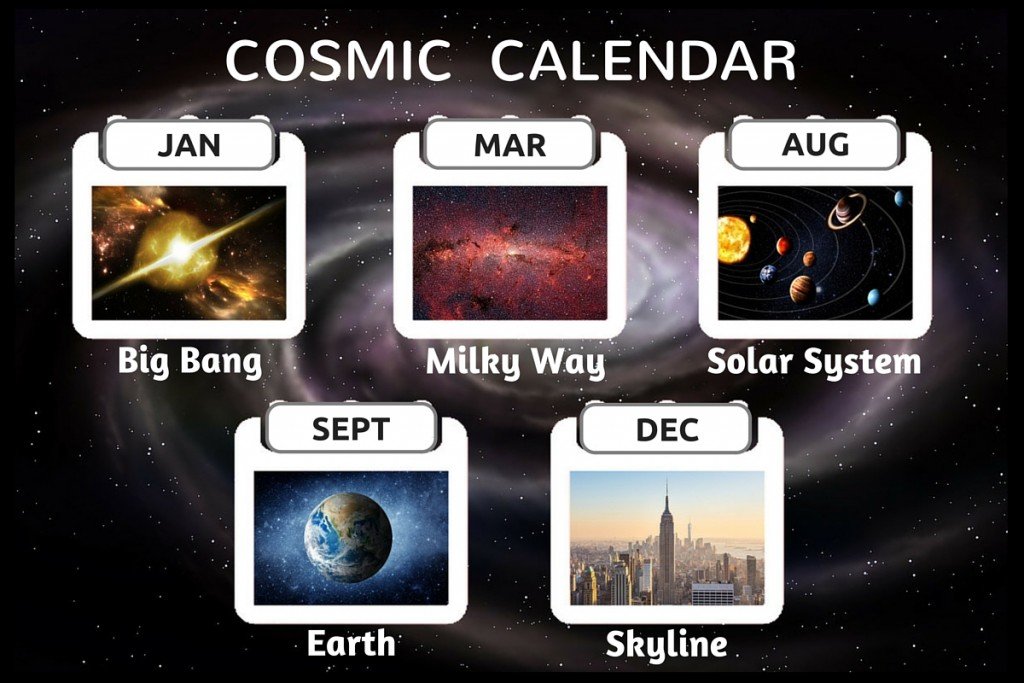The theory of special relativity tells us that there is an absolute speed limit in the universe, that being the speed of light. At a speed of about 300,000 km/s, light takes only one second to travel to the Moon from Earth and eight minutes to travel to the Sun from Earth. This speed is extremely fast for human standards. For instance, in 2016, NASA’s Juno spacecraft arrived at Jupiter, accelerating to a speed of about 265,000 km/h. This made it the fastest human-made object in history. Still, this speed of 265,000 km/h is nowhere close to light’s speed of 300,000 km/s.
However, not even light seems fast in the context of just how massive our universe is. For example, it takes light four years to reach Earth from Alpha Centauri, the star system nearest to us besides the Sun. It takes light 6,000 years to reach us from the Crab Nebula, the remnant of a massive star in the direction of Taurus. It takes light 2 million years to reach us from the Andromeda Galaxy, the nearest galaxy to our own. It takes light 650 million years to reach us from the Hercules Cluster of galaxies. Keep in mind, the universe’s expansion started approximately 14 billion years ago, so there are even farther objects that light would take even longer to travel to Earth from!
Given these facts, convenient interstellar space travel seems like an impossible feat. The fastest object humankind has managed to create couldn’t even travel in an hour the distance that light travels in a second. And our spacecrafts that humans can actually travel on are even slower! So if we can’t travel faster than light, and light takes at least millions of years to reach nearby galaxies, then traveling through the universe like we’re in Star Trek seems hopeless!
Nevertheless, it is important to point out that special relativity involves local laws of physics. We may not be launching rockets faster than the speed of light, but general relativity tells us that these rules do not apply for galaxies at the far side of the universe. So does that mean a speed faster than the speed of light exists in the universe? In fact, the universe expands faster than the speed of light. The observable universe is only some fraction of the entire universe. Additionally, we know that the early universe underwent a phase of rapid, exponential expansion, and more distant objects move faster away from us than less distant objects.
Therefore, it makes sense that there would have been points during the entire universe’s expansion in which objects were moving away from other objects faster than the speed of light relative to each other or that the very distant objects at the outermost parts of the universe that are moving away faster and faster away from us will eventually exceed the speed of light if they have not already. As for the question of whether or not humans will find a way to exceed the speed of light, we may have to simply hope that we will someday find a way to use wormholes to transport to other worlds!
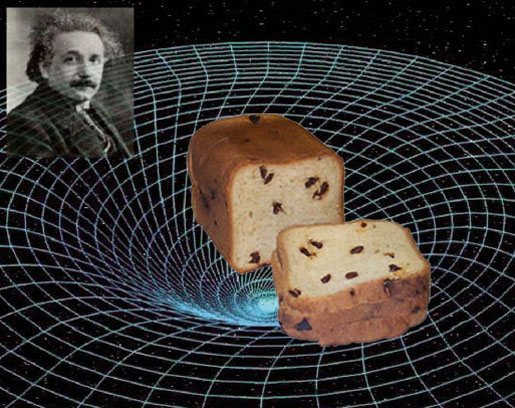
Universe Expansion (from Scienceline)
Links:
https://www.quora.com/Which-is-faster-Universe-expansion-or-speed-of-light
https://www.space.com/33306-how-does-the-universe-expand-faster-than-light.html
http://www.physicsoftheuniverse.com/topics_relativity_light.html
https://www.livescience.com/32655-whats-the-fastest-spacecraft-ever.html

